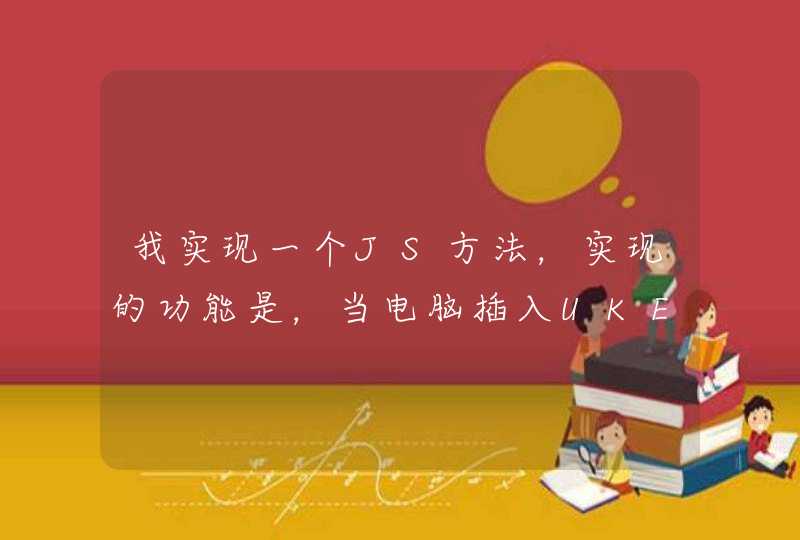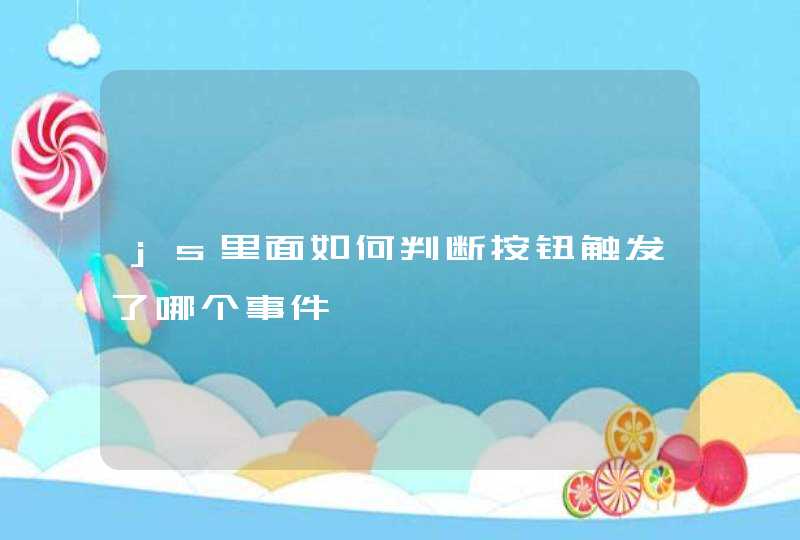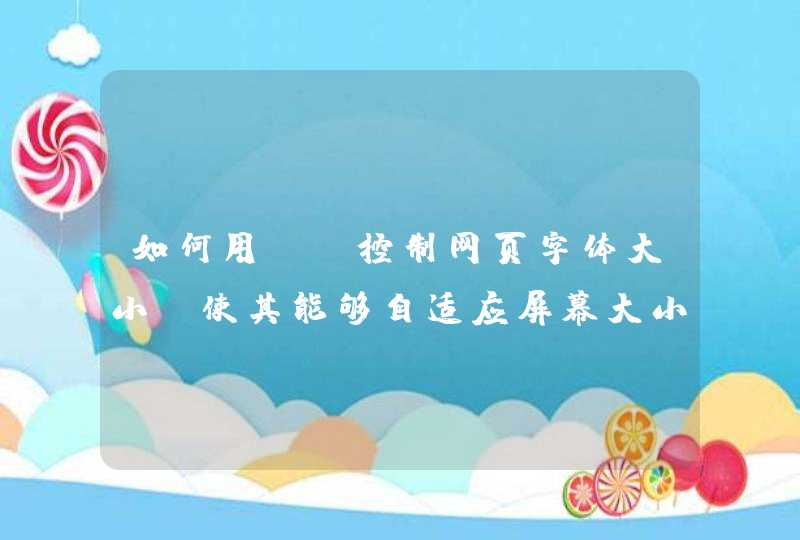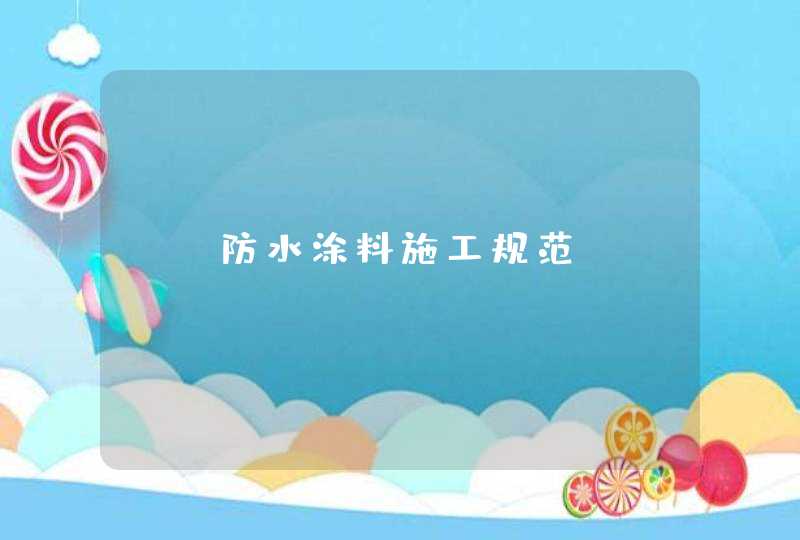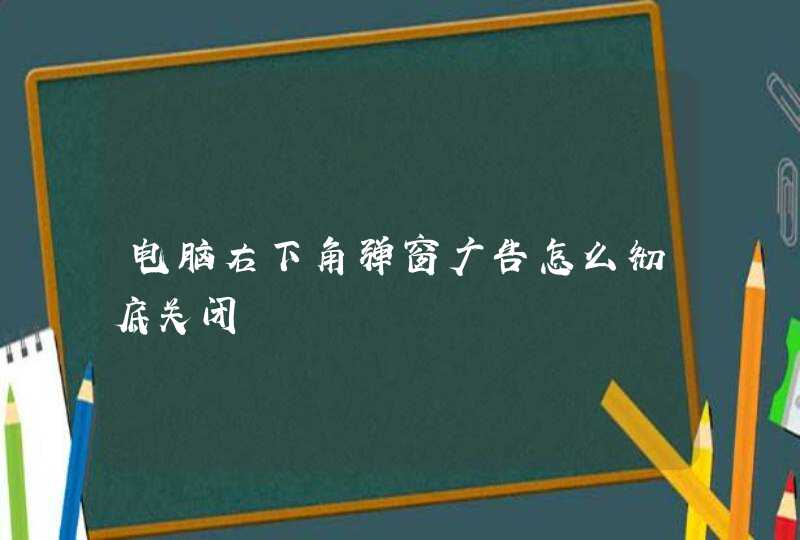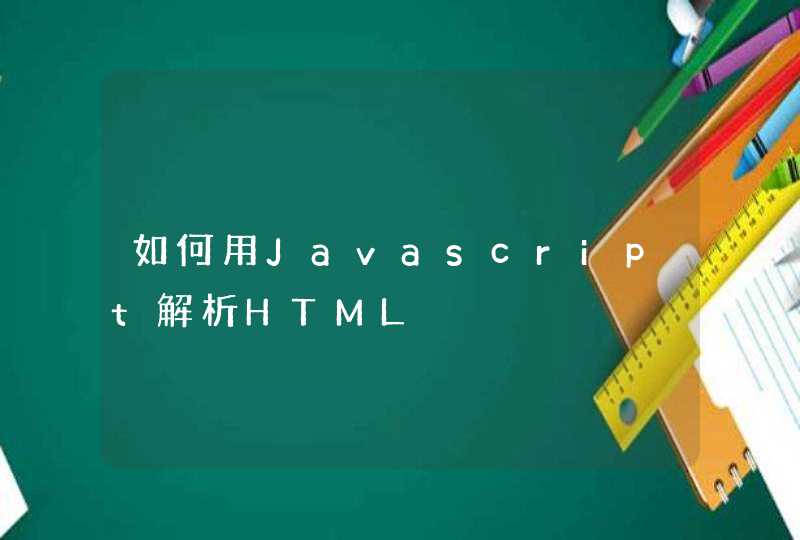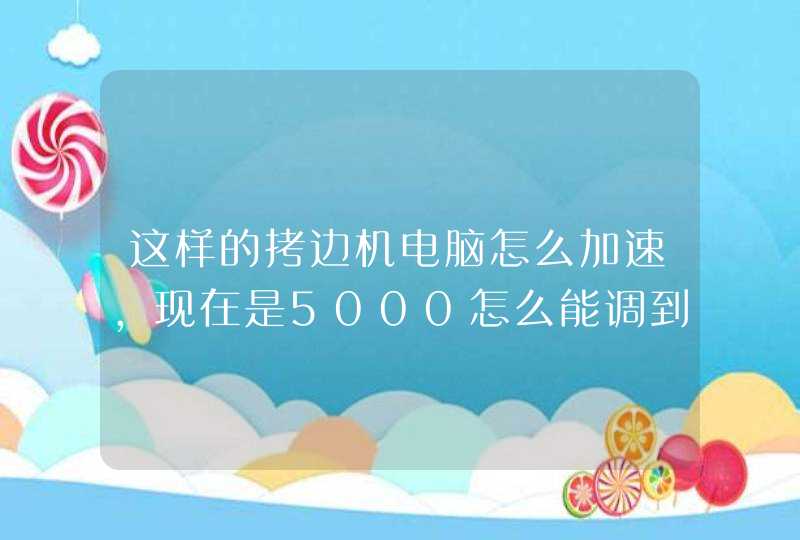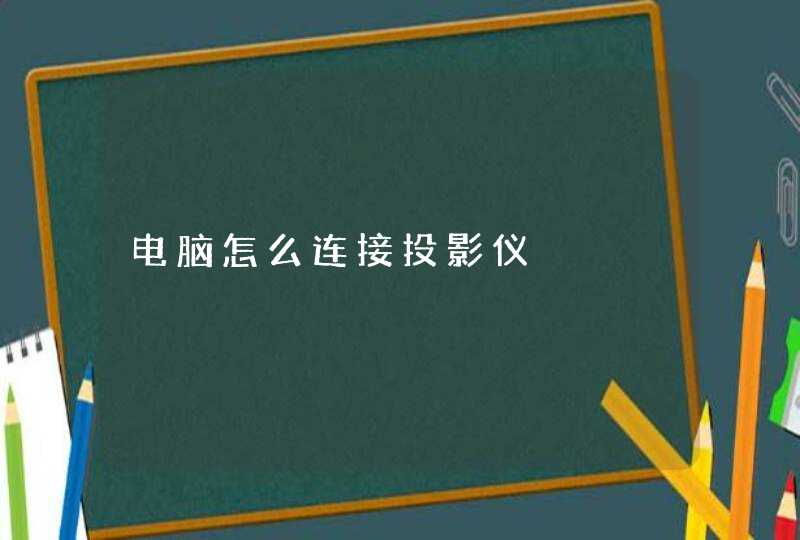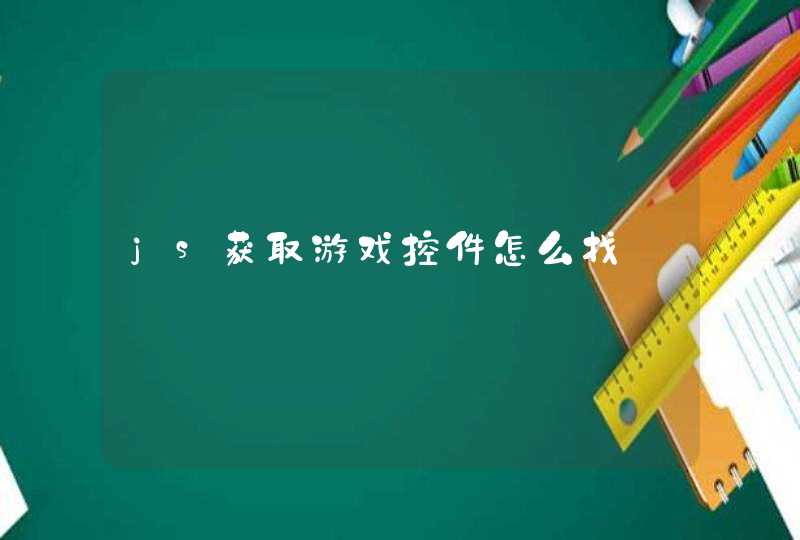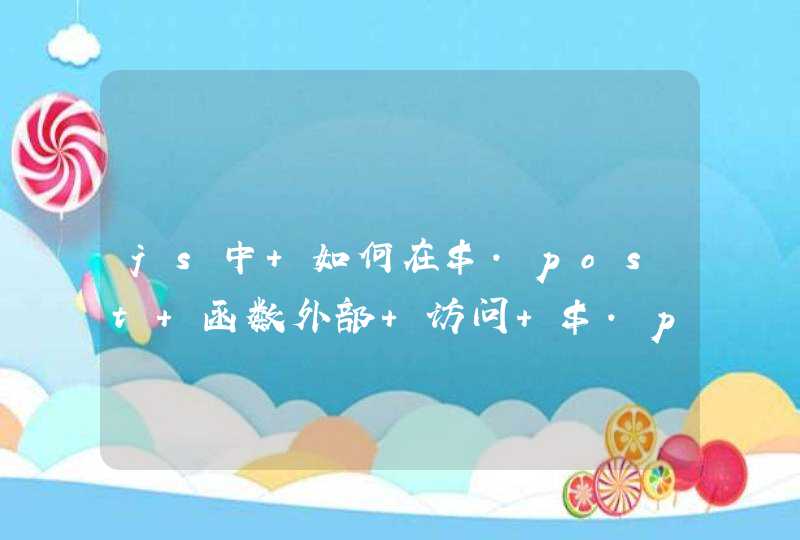
$.post默认使用的是异步执行,所以上面你那样做,很可能是alert不出来的,要修改这个问题,有两种方式,方式1(异步模式,推荐使用,这样不会页面卡死):
$.pots('/chcek/check.php', {}, function(data) {if (data == 1) {
isscreen = true
} else {
isscreen = false
}
// 直接在这里alert
alert(isscreen)
})
方式2(同步模式,不推荐,会卡死页面):
$.pots('/chcek/check.php', {async: false // false表示采用同步模式请求
}, function(data) {
if (data == 1) {
isscreen = true
} else {
isscreen = false
}
})
alert(isscreen)
JS使用post提交的两种方式。分享给大家供大家参考,具体如下:
第一种提交post的方式是传统方式,判断浏览器进行post请求。
<SCRIPT stype=text/javascript>var xmlobj //定义XMLHttpRequest对象
function CreateXMLHttpRequest()
{
if(window.ActiveXObject)
//如果当前浏览器支持Active Xobject,则创建ActiveXObject对象
{
//xmlobj = new ActiveXObject("Microsoft.XMLHTTP")
try {
xmlobj = new ActiveXObject("Msxml2.XMLHTTP")
} catch (e) {
try {
xmlobj = new ActiveXObject("Microsoft.XMLHTTP")
} catch (E) {
xmlobj = false
}
}
}
else if(window.XMLHttpRequest)
//如果当前浏览器支持XMLHttp Request,则创建XMLHttpRequest对象
{
xmlobj = new XMLHttpRequest()
}
}
function SubmitArticle(act,cityname,antique) //主程序函数
{
CreateXMLHttpRequest() //创建对象
//var parm = "act=firstweather" //构造URL参数
//antique = escape(antique)
var parm = "act=" + act + "&cityname=" + cityname + "&antique=" + antique//构造URL参数
//xmlobj.open("POST", "{dede:global.cfg_templeturl/}/../include/weather.php", true) //调用weather.php
xmlobj.open("POST", "/weather/include/weather.php", true) //调用weather.php
xmlobj.setRequestHeader("cache-control","no-cache")
xmlobj.setRequestHeader("contentType","text/htmlcharset=uft-8") //指定发送的编码
xmlobj.setRequestHeader("Content-Type", "application/x-www-form-urlencoded") //设置请求头信息
xmlobj.onreadystatechange = StatHandler //判断URL调用的状态值并处理
xmlobj.send(parm) //设置为发送给服务器数据
}
第二种方式则是虚拟表单的形式提交post请求
function post(URL, PARAMS) {var temp = document.createElement("form")
temp.action = URL
temp.method = "post"
temp.style.display = "none"
for (var x in PARAMS) {
var opt = document.createElement("textarea")
opt.name = x
opt.value = PARAMS[x]
// alert(opt.name)
temp.appendChild(opt)
}
document.body.appendChild(temp)
temp.submit()
return temp
}
调用方法 如:
复制代码 :
post('pages/statisticsJsp/excel.action',{html:prnhtml,cm1:'sdsddsd',cm2:'haha'})使用AngularJS通过POST传递参数还是需要设置一些东西才可以!
1、不能直接使用params
例如:
[javascript] view plain copy
$http({
method: "POST",
url: "http://192.168.2.2:8080/setId",
params: {
cellphoneId: "b373fed6be325f7"
}
}).success()
当你这样写的时候它会把id写到url后面:
[javascript] view plain copy
http://192.168.2.2:8080/setId?cellphoneId=b373fed6be325f7"
会在url后面添加"?cellphoneId=b373fed6be325f7",查了些资料发现params这个参数是用在GET请求中的,而POST/PUT/PATCH就需要使用data来传递2、直接使用data
[javascript] view plain copy
$http({
method: "POST",
url: "http://192.168.2.2:8080/setId",
data: {
cellphoneId: "b373fed6be325f7"
} }).success()
这样的话传递的,是存在于Request Payload中,后端无法获取到参数
这时发现Content-Type:application/jsoncharset=UTF-8,而POST表单请求提交时,使用的Content-Type是application/x-www-form-urlencoded,所以需要把Content-Type修改下!
3、修改Content-Type
[javascript] view plain copy
$http({
method: "POST",
url: "http://192.168.2.2:8080/setId",
data: {cellphoneId: "b373fed6be325f7"},
headers: { 'Content-Type': 'application/x-www-form-urlencoded' }
}).success()
这时数据是放到了Form Data中但是发现是以对象的形式存在,所以需要进行序列化!
4、对参数进行序列化
[html] view plain copy
$http({
method: "POST",
url: "http://192.168.2.2:8080/setId",
data: {cellphoneId: "b373fed6be325f7"},
headers: { 'Content-Type': 'application/x-www-form-urlencoded' },
transformRequest: function(obj) {
var str = []
for (var s in obj) {
str.push(encodeURIComponent(s) + "=" + encodeURIComponent(obj[s]))
}
return str.join("&")
}
}).success()





